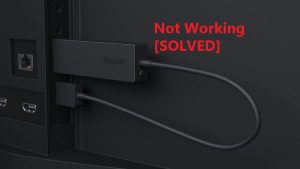

Some non-Arduino devices with generic USB chips.Ports that do not belong to an Arduino-compatible device, but are detected and shown by Arduino IDE anyway:.Various “clone” board with generic USB chips such as the CH340.The “classic” Arduino Nano, which uses a FTDI USB chip.Arduino-compatible boards that use generic USB chips:.The types of unidentified ports shown by Arduino IDE can be grouped in two categories:

This example shows the board selector and Tools > Port menu on Windows when an Arduino UNO board and one other unidentified device is connected: In this case, it will appear as an “Unknown” device in the board selector and show only the port name in the Tools > Port menu.

If you’re using a classic Arduino Nano, you may need to manually install FTDI drivers.Alternatively, select your board in the Tools > Board menu. When selecting an “Unknown” port you will be prompted to select the board type manually. Classic Nano boards and some clone boards with generic USB chips will show up as “Unknown” in the board selector.In earlier versions of Arduino IDE 2, the Tools > Port menu option would only be displayed if at least one device was detected on a port.Ensure you’ve connected your board with a working data USB cable.Learn what to do if your board is missing from the board selector or Tools > Port menu.


 0 kommentar(er)
0 kommentar(er)
